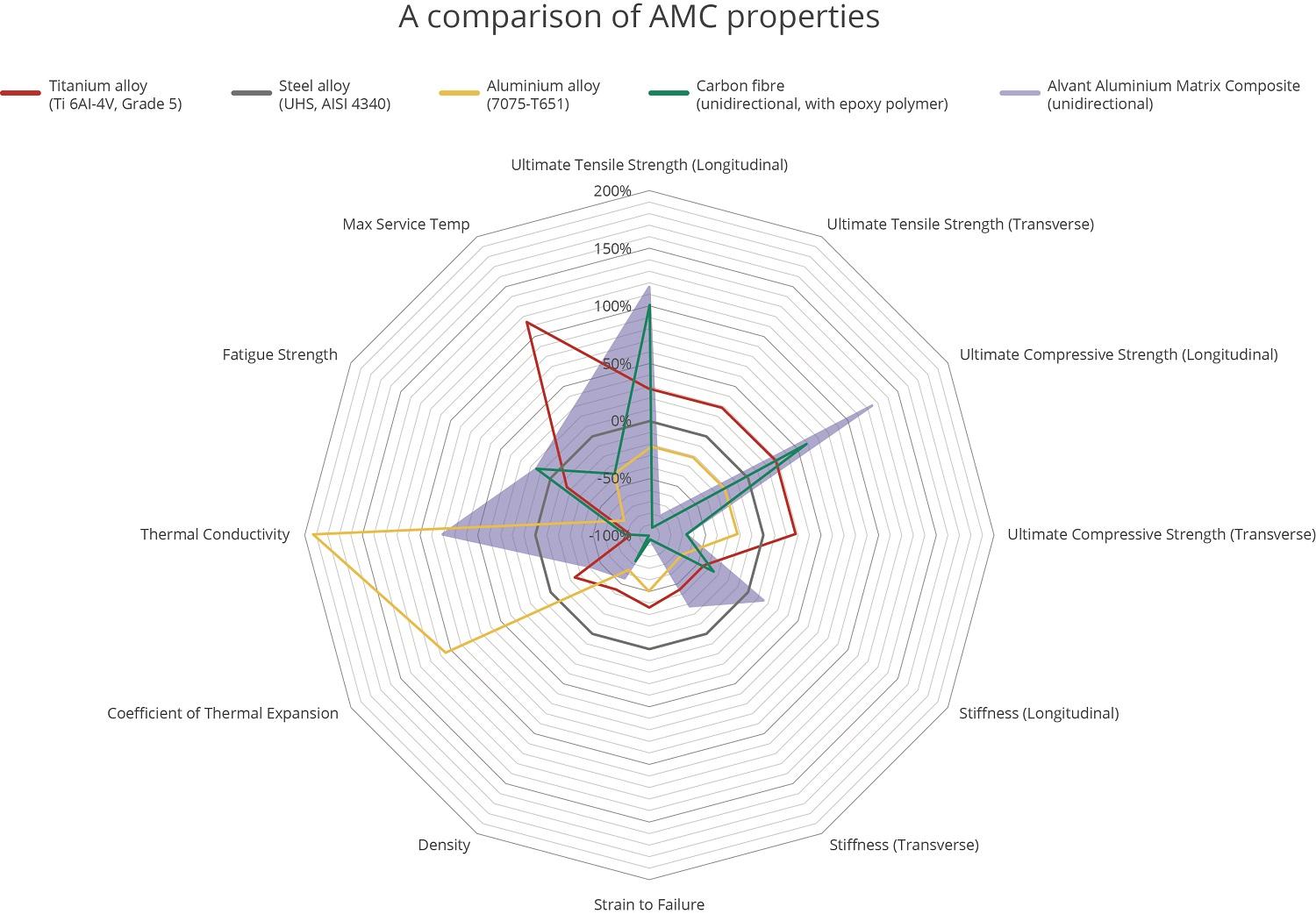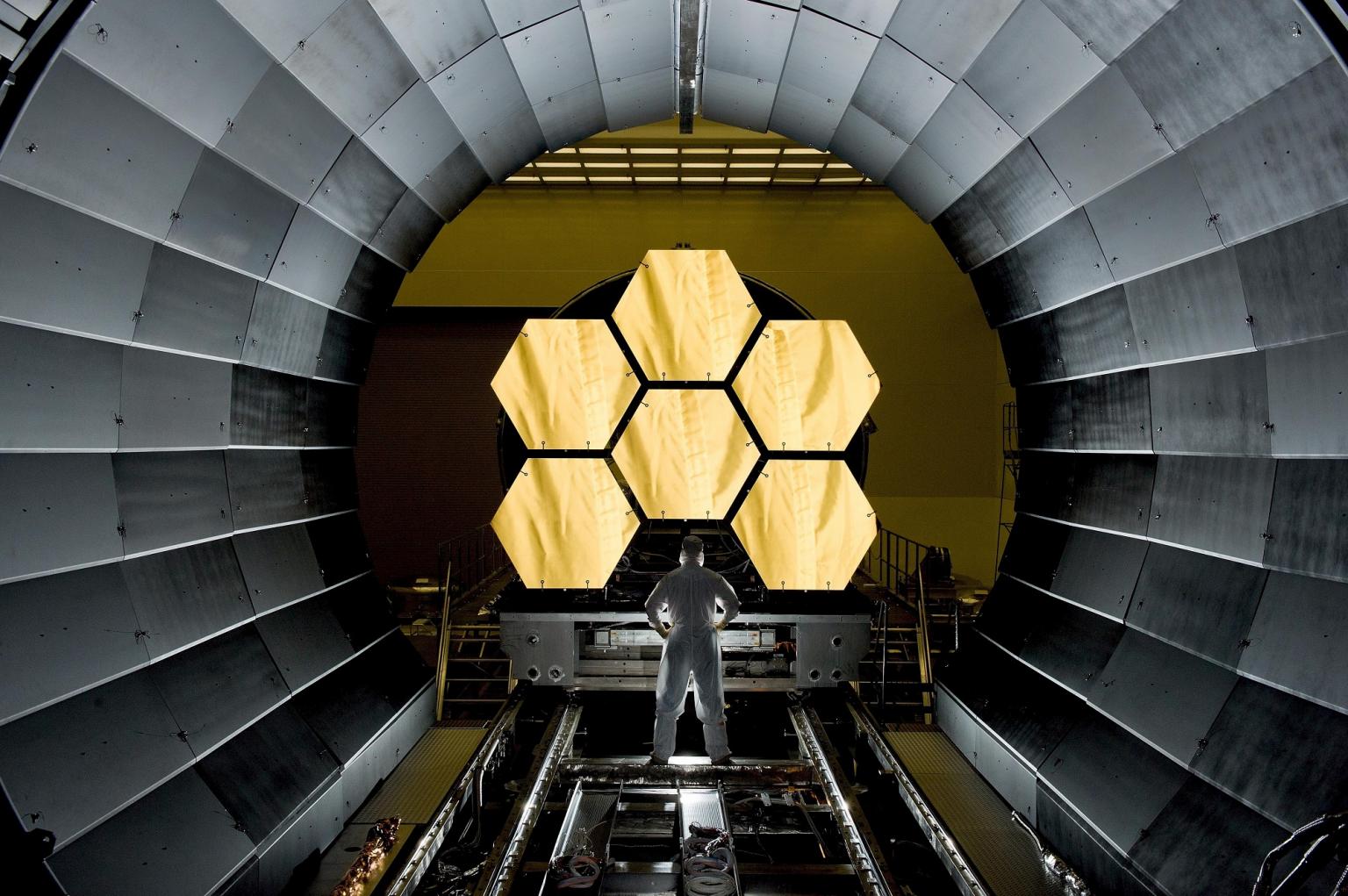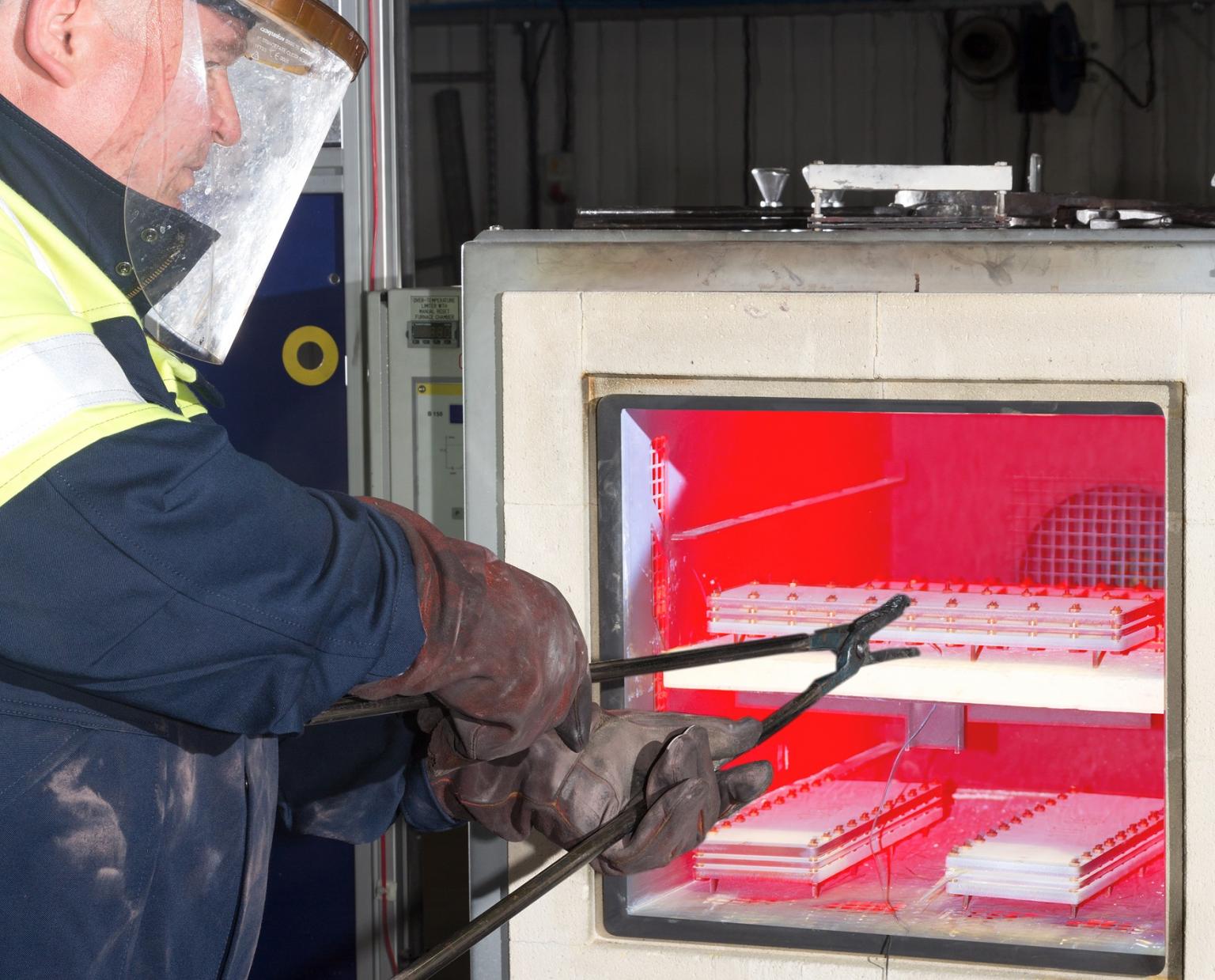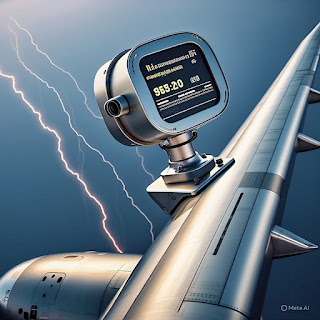Aluminium-based metal matrix composites step into the middle ground
 Alvant undertakes high-precision CNC machining
Alvant undertakes high-precision CNC machining Comparison of AMC properties vs four relevant metals and compostie materials
Comparison of AMC properties vs four relevant metals and compostie materialsAdvanced composite materials combine the properties of high strength, high stiffness, low weight, enhanced damage tolerance and corrosion resistance – and in some cases also have special thermal and electrical properties.
These composites are classified according to the material being reinforced, with reinforcements typically made with a long fibre, short fibre, or particulates. Hence metal matrix composites (MMCs) are metallic materials reinforced with a secondary high-performance material. Within the category of MMCs, Alvant specialises in aluminium matrix composites (AMCs).
AMCs first became known, primarily for their use in automotive components, in the 1980s. At this time AMCs were in their infancy, their properties largely unproven and sometimes over-sold. As a consequence, their reputation suffered, and as carbon composites became more widely adopted, AMCs were largely forgotten. In the three decades since, however, research and development into the manufacturing of AMCs has resulted in game-changing progress. AMCs’ properties are now precisely manufacturable, dependable and more affordable and repairable than carbon composites. These qualities are affirmed by the high calibre of companies Alvant is working with and supplying to.
In the family
AMCs are not a single material but a family of materials. This means their stiffness, strength, density, thermal and electrical properties can be tailored with particle-reinforcement or continuous-fibre-reinforcement (CFR) for applications where higher performance is needed.
To manufacture CFR-AMCs, Alvant uses a preform – a three-dimensional fabric form designed to precisely conform to a specific shape and to meet exact mechanical and structural requirements.
Elements of Alvant’s innovative manufacturing process, advanced liquid pressure forming (ALPF), are the subject of patents. In addition to using continuous-fibre materials for reinforcement, to achieve certain physical and mechanical properties the company can also use its Intellectual Property to develop particle or fibre ‘whisker’ reinforced AMCs.
Hybrid-AMC
Components are not necessarily manufactured entirely from aluminium matrix composite if they have regions of low stress where enhanced mechanical properties are not required. In such cases, components can be reinforced locally in a method known as hybrid-AMC. Reinforcements are provided precisely where needed by using aluminium matrix composites as inserts inside the larger cast for the aluminium component. This limits the fibre content, simplifies the AMC insert geometry, and reduces costs.
AMCs are suitable for applications where conventional metals are expected to approach or exceed their performance limits. Advantages of using AMCs rather than unreinforced metals include greater strength, higher stiffness, reduced weight, better wear resistance and a lower coefficient of thermal and electrical conductivity. These characteristics mean that AMCs provide the longitudinal strength of steel at one-third of the weight. AMCs also offer significant weight and performance benefits over other conventional unreinforced materials such as common alloys.
Advantages of using AMCs rather than polymer-fibre reinforced materials such as carbon composites, include higher transverse strength and stiffness, better temperature capabilities, no moisture absorption, fire resistance, improved damage tolerance, and easier repairability. AMCs’ strengths in the x-, y- and z-axes, as well as giving performance advantages, also allow greater freedom in design. AMCs are suitable where they can meet the engineered component’s performance requirements, or address concerns about the likely need for repairs.
Where are they used?
AMCs’ product benefits mean they have potential uses in a wide range of engineering applications. It is in defence, aerospace and other forms of transport where AMCs will likely be applied in the largest quantities, but AMCs are equally suitable for high-end consumer products which need to be light, strong and capable of sustaining damage– products such as mobile devices, biomechanical prosthetics, wheelchairs, prams, bicycles and luggage, to give just a few examples.
Where safety and reliability are essential, AMCs are well suited to products such as high-pressure seals, aircraft landing gear and seats. Where performance and precision are vital, AMCs can benefit products such as robotics, metrology machines, electric motors, automotive suspensions and sports equipment. And because AMCs are capable of withstanding extreme temperatures, they are suitable for components in high-voltage battery systems, unmanned aerial vehicles that fly at high altitudes, and vehicle powertrains.
The advantageous material properties
AMCs have a number of advantages over alternative materials that might be considered for the same types of application. They are a good 50% stiffer than carbon fibre (unidirectional carbon-epoxy composite) in the longitudinal direction, and close to three times as strong in the transverse direction.
AMCs retain their properties at high temperatures, unlike carbon fibre, making them better suited to high service temperature components in applications such as internal combustion engines.
AMCs have much higher damage tolerance than high strength aluminium alloys and similar fatigue strength to steel. They also have similar fatigue response to steel. This means AMC components could replace high stress, high cycle steel components for a significant weight saving.





Comments
Post a Comment